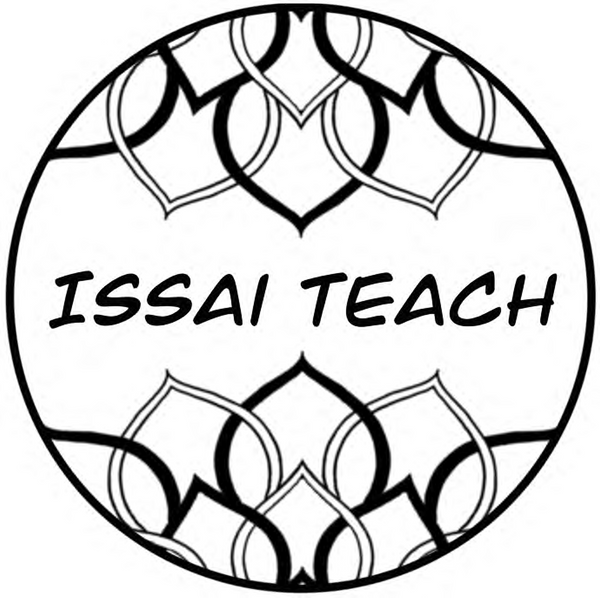Basic Sentence Structure in French (Subject + Verb + Object)
Understanding the basic sentence structure is crucial when learning French, as it forms the foundation for constructing clear and coherent sentences. In French, the typical sentence order is Subject + Verb + Object (SVO), similar to English. This straightforward structure helps in forming simple declarative sentences, questions, and even negative sentences. Let’s explore how this works in French.
Subject + Verb + Object (SVO) Structure
In a basic French sentence, the subject (who or what is performing the action) comes first, followed by the verb (the action), and then the object (who or what is receiving the action). Here are some examples:
-
Il mange une pomme.
- Il (Subject) + mange (Verb) + une pomme (Object)
- Translation: He eats an apple.
-
Marie lit un livre.
- Marie (Subject) + lit (Verb) + un livre (Object)
- Translation: Marie reads a book.
Forming Simple Declarative Sentences
Declarative sentences are statements that provide information. In French, they follow the SVO structure:
-
Nous regardons la télévision.
- Nous (Subject) + regardons (Verb) + la télévision (Object)
- Translation: We watch television.
-
Tu aimes les chiens.
- Tu (Subject) + aimes (Verb) + les chiens (Object)
- Translation: You like dogs.
Forming Questions
To form questions, you can use intonation, inversion, or the phrase "est-ce que":
-
Intonation: Simply raise the pitch at the end of the declarative sentence.
-
Tu aimes les chiens?
- Translation: Do you like dogs?
-
Tu aimes les chiens?
-
Inversion: Invert the subject and verb.
-
Aimes-tu les chiens?
- Translation: Do you like dogs?
-
Aimes-tu les chiens?
-
Est-ce que: Place "est-ce que" at the beginning of the sentence.
-
Est-ce que tu aimes les chiens?
- Translation: Do you like dogs?
-
Est-ce que tu aimes les chiens?
Forming Negative Sentences
To make a sentence negative, wrap the verb with "ne" (or "n'" before a vowel) and "pas":
-
Il ne mange pas de pomme.
- Il (Subject) + ne mange pas (Verb in negative) + de pomme (Object)
- Translation: He does not eat an apple.
-
Nous ne regardons pas la télévision.
- Nous (Subject) + ne regardons pas (Verb in negative) + la télévision (Object)
- Translation: We do not watch television.
Practice Examples
Here are some more examples to help you practice:
-
Je finis mon travail.
- Je (Subject) + finis (Verb) + mon travail (Object)
- Translation: I finish my work.
-
Elle voit son ami.
- Elle (Subject) + voit (Verb) + son ami (Object)
- Translation: She sees her friend.
-
Vous écoutez de la musique.
- Vous (Subject) + écoutez (Verb) + de la musique (Object)
- Translation: You listen to music.
-
Ils visitent Paris.
- Ils (Subject) + visitent (Verb) + Paris (Object)
- Translation: They visit Paris.
Mastering the basic SVO sentence structure in French is an essential step in becoming proficient in the language. It allows you to create simple sentences, ask questions, and form negative statements accurately. Practice constructing your own sentences using this structure to build confidence and fluency.
